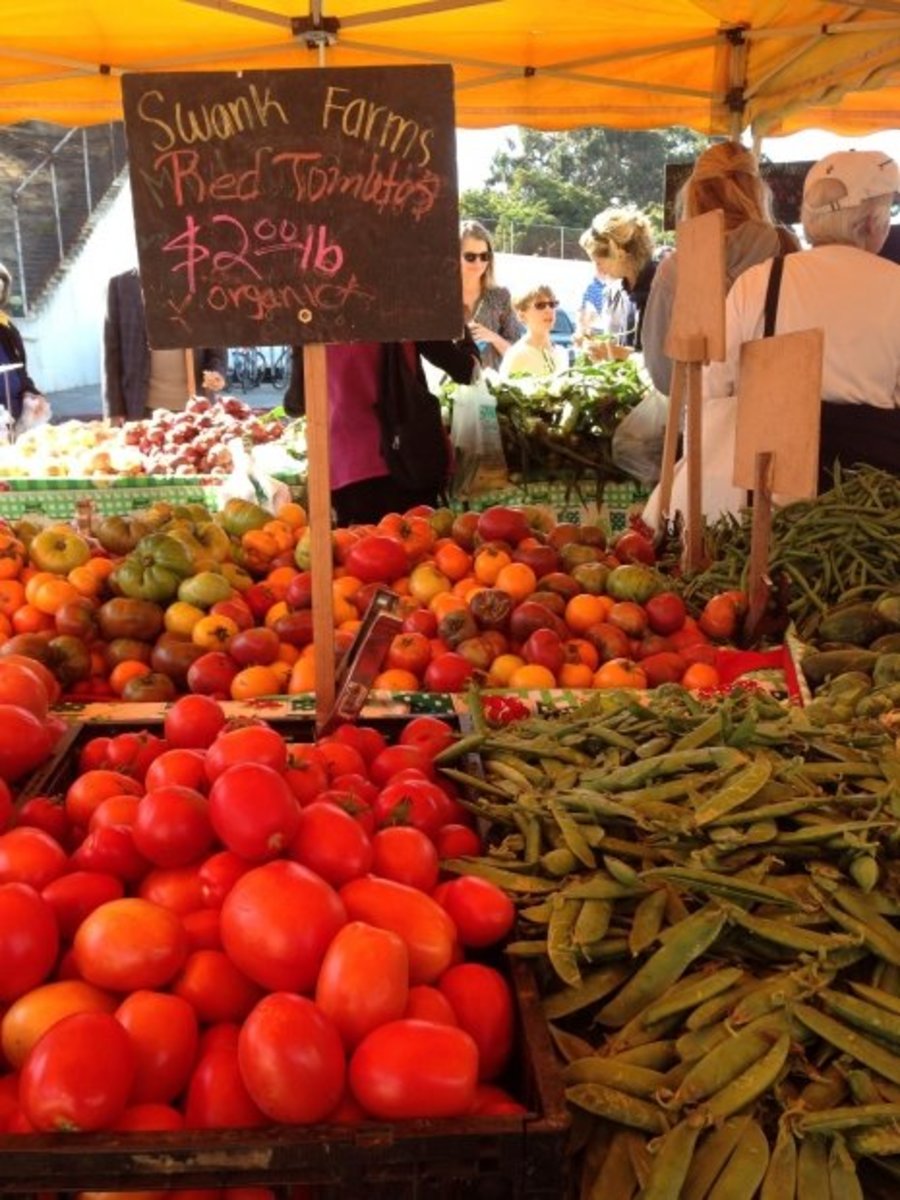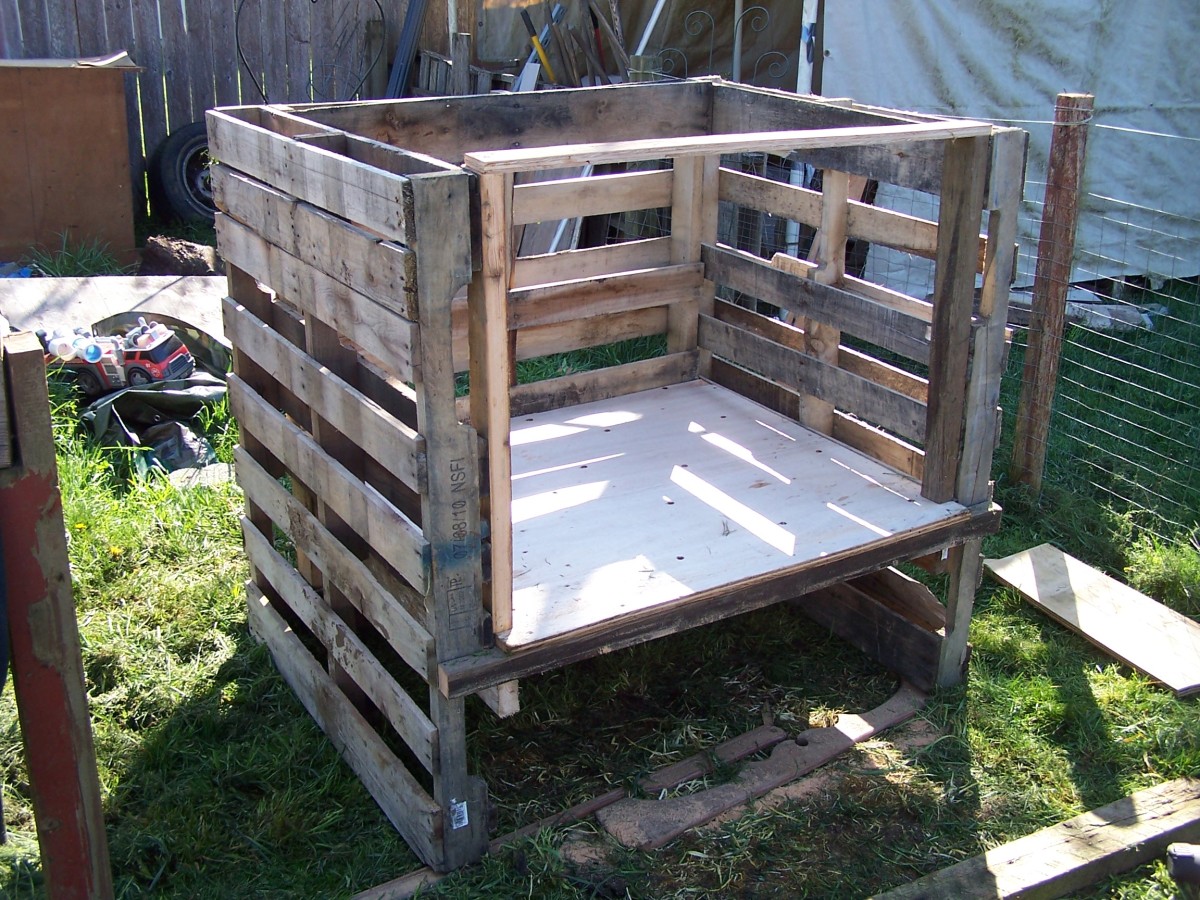Frugal Urban Farming: Saving Money on Materials and Tools
Let’s Start with Two Definitions
It would be downright silly of me to write an article about frugal urban farming without giving you a couple definitions for clarification. So let’s do that right now so I can avoid the aforementioned silliness.
Frugal: the quality of being thrifty, prudent, or economical in the consumption of consumable resources such as food, time or money, and avoiding wastefulness or extravagance. In other words, it is adopting spending habits based on need rather than want.
Urban Farming: the practice of cultivating, processing, and distributing food in or around a village, town or city.
There, now; we have something to work with.
I’m not sure if you’ve noticed, but the economy is tanking. Oh, if you listen to the government types, you will hear quite a different story. However, those of us who live day to day, barely scraping together a living, know a different reality, don’t we?
I think we are experiencing the birth of a new revolution in the United States, a revolution born from desperation for sure, but a revolution nonetheless. People are seeing the wisdom of returning to our farming roots. People are coming to understand that we are all in this together, and from that understanding, comes a new sense of community.
It is exciting, it is doable, and I am very happy to write about it.
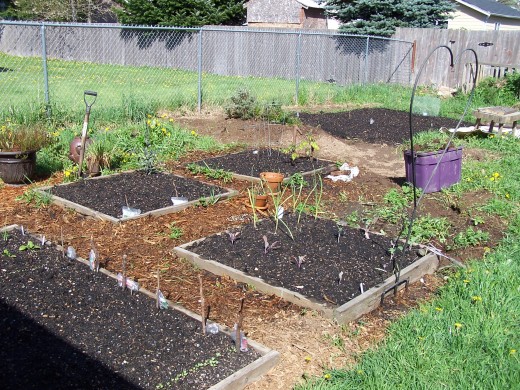
Tools Needed for an Urban Farm
Please note that this section says “tools needed.” What we truly need is much different from what we want, and nowhere is that more true than on an urban farm when the farmer is a believer in frugality.
We have 1/8 of an acre in the city of Olympia, Washington. We have a chicken coop, a quail coop, a quail run, two sections of fencing, seven-hundred square feet of vegetable garden, and soon a rabbit hutch. The following is a list of the tools we have used on our farm:
- Hammers
- Screwdrivers
- Staple gun
- Hand saw
- Post hole digger
- Sledgehammer
- Shovels
- Hoes
- An ax
Please note that none of these are power tools. We do not need power tools. We are fully capable of sawing a piece of wood without the use of electricity, and we are quite capable of screwing a screw without power. Do I want a power drill? It would be nice. Do I need a power drill? Not at all.
We are trying to save money on this farm. We are also trying to save natural resources. You will not find a gasoline-powered tool or machine on this property. We think that is a waste and we won’t do it.
Saving Money on Tools
Look at the list above once again. None of those tools are new. We don’t believe in buying new. A hand saw will last us twenty years if we take care of it. The same is true of all those tools. If they need sharpening then we do that by hand. If a handle breaks I repair it by hand. If something breaks beyond repair, we go to the next garage sale we find and buy a replacement tool for five bucks, and we are good for another twenty years.
Silly you say? Well I say nonsense to your silly. New tools mean more natural resources mined, and mining means destruction of the environment. I won’t be a part of it.
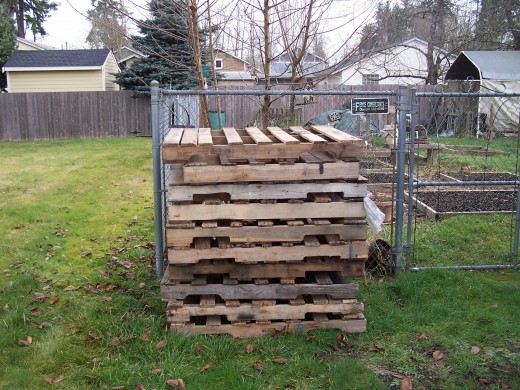
Materials Needed for an Urban Farm
As I glance around our urban farm, here is what I see:
- Lumber
- Topsoil
- Chicken wire
- Fencing wire
- Nails
- Screws
- Fence posts (wooden)
- Fence posts (metal)
As I look at the materials we have used for our various projects, I know that only two items were purchased new, the chicken wire and the metal fence posts. I actually feel bad about that because we were in a hurry and had no other choice. We had purchased the chickens before we had a coop or run made, so we were scrambling like crazy to get the job done, and that meant a trip to Home Depot. Mea culpa, mea culpa, mea maxima culpa.

Saving Money on Materials
Without a doubt, the greatest value for an urban farm is a wooden pallet. We built our chicken coop using wooden pallets. We have a fence made from wooden pallets. Part of our quail coop is made from wooden pallets, and many wooden slats used for repairs were pulled from wooden pallets.
What does a wooden pallet cost?
Nothing!
Drive around your city and you’ll find businesses more than happy to have you haul away their pallets after their merchandise has been shipped to them. While you are driving around the city, be on the lookout for free lumber sitting on the side of the road. That’s how we found all of our wooden fence posts.
Check on Craigslist for barn sales in your area. I’ll bet you that you can find chicken wire and fencing wire for sale at those barn blowouts. You’ll also be able to find jars filled with nails and screws, usually costing no more than a couple bucks.
As for topsoil, you don’t need to go to your local nursery and buy topsoil for your garden. Use your existing soil and enrich it with compost. If you plan accordingly, you can prepare your soil one year and be ready to plant the next.
What’s that you say? You don’t have a composter? Well what in the world is wrong with you? Take an old plastic tub (large Tupperware container) and make your own compost bin….or…make one out of…wooden pallets.
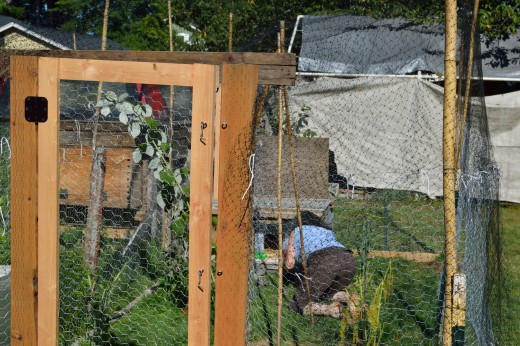
And That Leaves You with the Cost Of……
Your animals! I have no cost-cutting approach to buying chickens, quail, rabbits or whatever else you want on your urban farm. Baby chicks and quail can be had for about $1.50 each. Rabbits will cost you a bit more, but once you make your initial purchase, you’ll never have to purchase them again if you practice a little farm/animal husbandry.
We will be purchasing an incubator soon. Yes, it will cost us $50 for a used one, but when you consider that we can sell fresh, organic eggs for $5 per dozen, you can see that our original payout of fifty bucks will be covered within two weeks, and from then on it is all profit.
Oh, let’s not forget the cost of seeds and plants. We invested several years back on some berry bushes, and each year we buy seeds for our vegetable garden. We also have a seed exchange program going with our neighbors, and we regularly trade cuttings with each other so we can have new varieties without paying for them….but…this article is about materials and tools, so we’ll discuss seeds and animals another day.
If We Can Do It Then You Can Do It
And I mean that sincerely. Of course, you may live somewhere where zoning regulations forbid much of this, and if so then I’m sorry. We absolutely love our urban farm. I am amazed by the amount of vegetables and eggs we harvest from 1/8 of an acre. If we can accomplish so much on 1/8 of an acre, who knows what we could do with a couple acres, and that is our quest.
We are proud to be a part of a new revolution. We love the fact that we grow and produce much, much more than we waste. We love being a part of an exchanging community of fellow urban farmers, and we love the fact that we are not harming the environment.
Anyway you look at it, that’s a lot of love.
2014 William D. Holland (aka billybuc)








